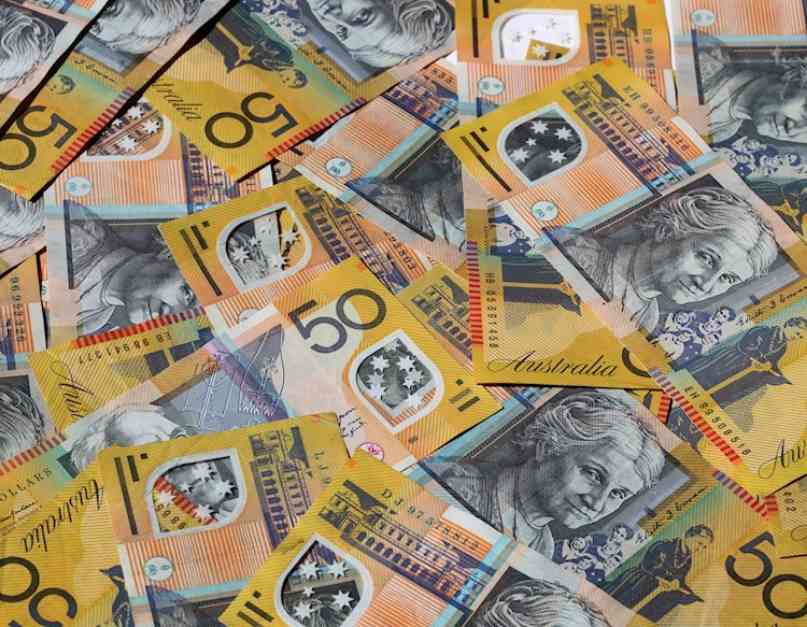The Australian Dollar (AUD) continued its decline for the third day in a row on Monday, mainly due to the strengthening US Dollar (USD). This decline is a result of the expectation that US interest rates will remain high, with the Federal Reserve (Fed) projecting one interest rate cut this year. Additionally, challenges in China’s economic recovery and mixed economic data from China are putting pressure on the Aussie since China is a significant market for Australian exports.
Investors are closely monitoring the Reserve Bank of Australia (RBA) interest rate decision scheduled for Tuesday. Economists predict that the RBA will maintain the cash rate at 4.35% in an effort to control consumer prices influenced by a tight job market. A hawkish stance from the RBA could potentially boost the AUD and limit the downside for AUD/USD in the short term.
On the US economic calendar, the release of Retail Sales data for May is expected to show improvement, with a forecasted increase to 0.3% from 0% in April. However, the preliminary University of Michigan’s Consumer Sentiment Index for June declined to 65.6 from 69.1, indicating some concerns among consumers about the economy.
In terms of technical analysis, the AUD/USD pair’s positive outlook is at risk as it hovers around the 100-day Exponential Moving Average (EMA) on the daily chart. If the pair falls below this key EMA level, it could resume its downward trend. The 14-day Relative Strength Index (RSI) is below the 50-midline, suggesting the possibility of further downside movement.
Looking at the price fluctuations of the Australian Dollar against major currencies in the last 7 days, the AUD was weakest against the Swiss Franc. This data provides insights into the performance of the Australian Dollar relative to other currencies and can be useful for investors and traders.
Interest rates play a crucial role in currency movements, with higher rates generally strengthening a country’s currency. The Fed funds rate, set by the Federal Reserve, is a key indicator that influences market expectations and behavior. Changes in interest rates can impact various assets, including Gold, as they affect the opportunity cost of holding certain investments.
In conclusion, the Australian Dollar faces challenges from a stronger US Dollar, uncertainties in China’s economy, and upcoming RBA interest rate decision. Investors will be watching economic data releases and central bank decisions closely for further cues on the direction of the AUD.




















